Gender-based inequality in water governance has been recognised as a challenge in most communities of the world. Although women carry out most of the tasks such as water collection and even conservation in terms of storage, in water-scarce regions, their voice is excluded when it comes water governance.
When we look carefully at water governance, we find that all aspects of it are gendered. By governance we refer to the mechanisms through which water control is exercised; the means through which water is accessed and distributed and the processes of decision-making that surround it.
To start with, there is a gender-based division of labour around water at the household level. Women are primarily involved in collecting water for household purposes, while irrigation is seen to be the prerogative of men. Investigating gender involves asking the “who” question: who does what at the household level and on the farms. Gender needs to be investigated on a blank slate, as it can be highly contextual. In many upper caste families in North India, the task of water collection is not done by women; it is considered against a woman’s maryada or dignity to do so. This however does not challenge the validity of the claim that there is a gender-based division of labour at the household level around water collection.
If in most societies, the task of water collection is done by women, it means that in times of water scarcity the effects of the scarcity are borne disproportionately by them in terms of increased water burdens – as measured by the time and effort involved in collecting water; but also in compromising on their own needs of water and hygience. Thus, a gendered lens around water collection and access offers important insights from a lens of equity and justice.
While talking about gender, however, it is important to take a perspective of inter-sectionality. This means that as an axis of social differentiation, gender becomes relevant and meaningful only when seen in relation to other axes of social differentiation, such as caste, class, age, marital status, ethnicity or religion. Women are not a homogenous whole – neither are men for that matter. In the Indian society, upper caste women experience the world in a very different way than lower caste women; married women experience the world differently than widows; an old woman experiences the world differently than how a young woman does.
To understand the differential access of men and women to water requires us to see how these different identities intersect. A lower caste woman, for instance, who is also a widow is perhaps at one end of the spectrum than is a higher caste married woman. In my research and fieldwork in Gurgaon in North India, I have seen that when a lower caste woman is in the queue for taking water and is followed by a higher caste woman, the latter first cleans the public stand – post as it supposedly needs to be purified by the use of the lower caste woman. Thus, caste and gender closely intersect in shaping people’s relationship with water.
Very often – and this is an important conceptual fallacy that we must work with – the word gender is equated with women. This has two limitations. First, gender has to do with the differences that exist between men and women, and not only with women. Equating gender with women blinds us to the power differences that exist between men and women and that shapes their differential relationship with water. Second, this labelling of gender as referring to women blinds us to the strong differences that may exist among women themselves.
Water and sanitation interventions that seek to be more gender sensitive need to take a gender perspective, rather than focus only on women. When interventions seeking gender equality target only women, they fail because they fail to understand the corresponding role of men.
In my own research in the Morni Shiwalik Hills in North India, I found that though public stand-posts were installed to reduce women’s water burdens, they actually ended up collecting more water on their heads. This is because men, who earlier bathed in public spaces such as the johads or village ponds, now wanted to bathe in the privacy of their homes, and expected women to carry water for these purposes too.
Kathleen O’Reilly, in her work in Rajasthan demonstrated that sanitation interventions targeted at women through a latrine subsidy in their name failed to have an impact because the decision about where to locate the latrine in the house vested with men. Men chose to have the latrines in home courtyards, where women were hesitant to use them. Thus, targeting only women as part of interventions for greater gender parity misses the point that gender is about the relative roles and responsibilities of men and women, and their different positions in household structures of decision-making.
Gender mainstreaming has been an important buzzword in the development literature in general and in the discourse on integrated water resource management in particular. Often this has been translated as getting more women on board in water management organisations at the local level such as in pani samitis or local water management organisations.
However, this has been manifested in many different ways: very often, women may face local constraints from social norms that inhibit their participation. In patriarchal societies, they may be represented by their husbands or other elderly male relatives or family members.
Studies have also shown that when both men and women are present in local water management organisations, women often accept the decisions that are made by men, even if this would not be in their favour. Perhaps gender mainstreaming in local water management organisations need be better understood as getting men and women to both contribute effectively to the tasks of water management and provisioning, rather than just getting more women on board. What different strengths and contributions can men and women both bring to the tasks of water provisioning in accordance with their socially defined roles and norms?
Another important issue in this regard is about having more women in the water sector. Several studies- notably a study done by Saciwaters in 2008 – have shown that the water sector, particularly in South Asia, has been heavily dominated by men. This has to do with several factors: first, the perceived masculine nature of the water sector, where the water sector is equated with civil engineering and hydraulics that are seen to be the prerogative of men; second, the absence of gender sensitive infrastructure and third, the stronger personal and domestic constraints on women that hinder their taking a field job.
There is a case for better representation of women in the water bureaucracies for several reasons. Worldwide, women use water structures and devices that are designed by engineers, who are predominantly men. At the same time, water bureaucracies engaged in water provisioning are manned by men; they need to be womanned (pun intended!), at least partially to bring in a greater diversity of perspectives.
In an Action Research Project with which I was involved in Gurgaon in North India, we organised a meeting between the PHED, the Public Health and Engineering Department, that was engaged in providing domestic water supply, and the residents of a village. The PHED was represented by its engineers, who were all men. The women from the village sat behind in a row, their faces covered by a veil, hesitant to speak. I started wondering that if the representatives of the PHED had been women, the village women may have been less hesitant to share their concerns, and may have opened up more quickly.
Increasingly, village commons and water bodies such as grazing lands, ponds, tanks, and lakes have been encroached upon or acquired for urban expansion. This has diminished access of local communities who have historically depended on them for their water sources. When these have been important sources on which women depended for water for their domestic needs, this has translated into increased drudgery for them for collecting not only water but also fodder and fuelwood.
Climate change acts as another stressor deepening the gender divide in water access and collection. In my research in Mukteshwar in Uttarakhand, I found that rapid land use change had taken place as land had moved out from agriculture into other uses such as the construction of hotels, weekend cottages and tourist resorts. This was mainly because of Mukteshwar’s pristine location and its splendid Himalayan views.
These new claimants on land also competed for local water sources. Traditionally, water in the region had been sourced from springs, that were collectively owned, managed and accessed by local communities. Increased groundwater withdrawal by the new claimants translated into a reduced discharge in springs. Most of the prime lands that were acquired for the purposes listed above were located adjacent to springs. Once the lands were acquired, local communities also lost access to the springs. At the same time, changing precipitation patterns in the form of reduced snowfall and rainfall also reduced water availability in the springs, adding to women’s water burdens.
One positive sign for the future seems to be the changing nature of water resources education. While traditionally, India’s water professionals were trained as civil engineers in the premier engineering institutes of the country, the current paradigm of water resources education emphasizes inter-disciplinarity.
Inter-disciplinary water resources education programs provide an insight on different perspectives in water: legal, economic, social, and technical. Empirically, it can be seen that inter-disciplinary water resources programs have a greater enrolment of girls than do conventional ones in civil engineering.
This has two implications: the future breed of water professionals will look at water management in a different way: perhaps balancing the social, institutional and economic with the technical. But it also means that in the future there may be more women in the water sector. This could go a long way bringing in a greater diversity of perspectives, ideas and solutions to the country’s water challenges. What is more, water challenges could be defined in a different way. New definitions of water problems are bound to generate new solutions too.
ABOUT THE AUTHOR
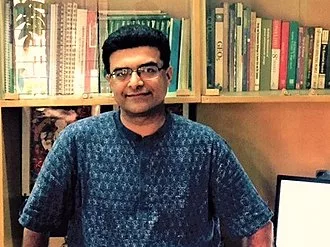
Dr Vishal Narain is an Indian, inter-disciplinary water researcher. His work cuts across the frontiers of the natural and social sciences, with a specific interest in institutions, governance and policy. He is currently a professor in the School of Public Policy and Governance at the Management Development Institute, Gurgaon.





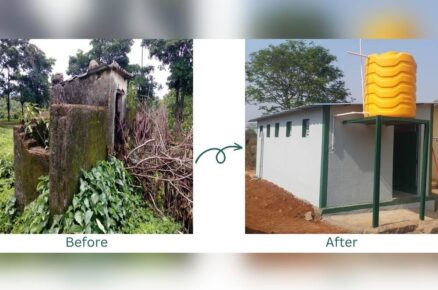
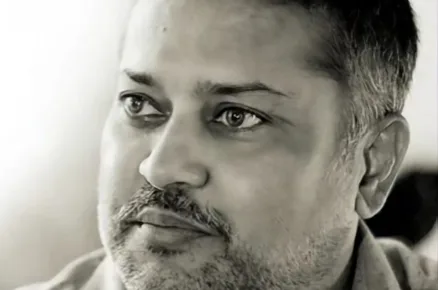

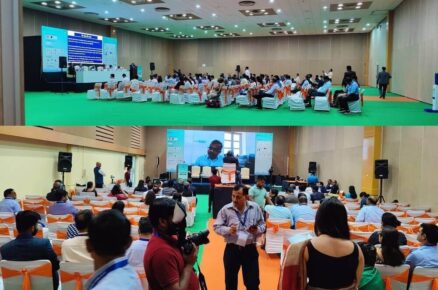





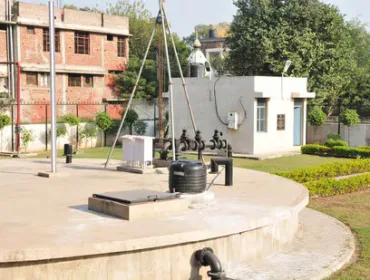
Good insights on the multi faceted dimensions of Gender and water. Throws light on shifting from engineering to holistic approach.